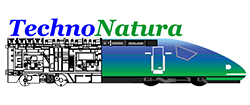TechnoNatura Curriculum development is a complex process that involves multiple stages, and the exact process vary depending on the context and purpose of the curriculum. However, in general, TechnoNatura curriculum development involves the following steps:
- Needs assessment: The first step is to identify the needs of the learners, the context in which they will learn, and the goals and objectives of the curriculum. This involves analysing data on the learners, their learning environment, and the broader social and cultural context. We called edu visi in our cyberschool software.
EduVISI application helps educators in the formation of vision and mission of education. The opinions of all educa- tional stakeholders about quality education as well as the educational attributes and characteristics of future human resources needs are taken, grouped, assessed and given weight and levels. The outcome of this application is an educational attribute as well as what type of human resources that will be achieved from an educational process.
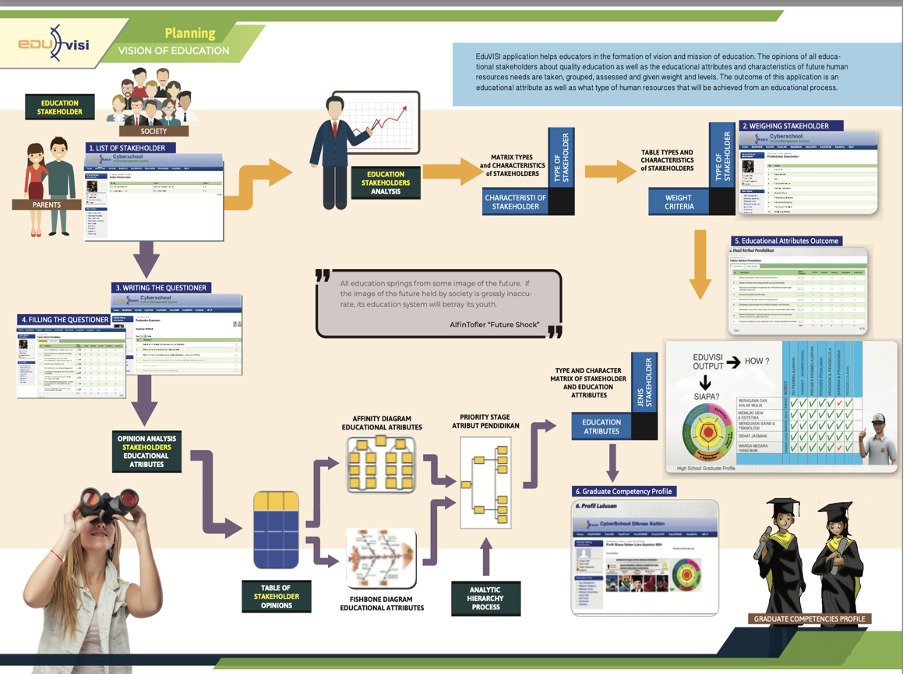
- Design: Based on the needs assessment, the curriculum designers will develop a plan for the overall structure and content of the curriculum. This may involve deciding on the scope and sequence of the curriculum, the topics to be covered, the learning objectives, and the methods of assessment. Edu Design. The EduDesign application is a tool to outline EduVisi toward educational blueprints in the form of content standards, process standards, passing standards that are standard competency sets, along with assessment standards that reflect the human resource outcomes to be targeted and at the same time to see the suitability of the basic concepts / outlines of school infrastructure planning, needs of managers and educators/teachers, and management concepts taken to carry out education.
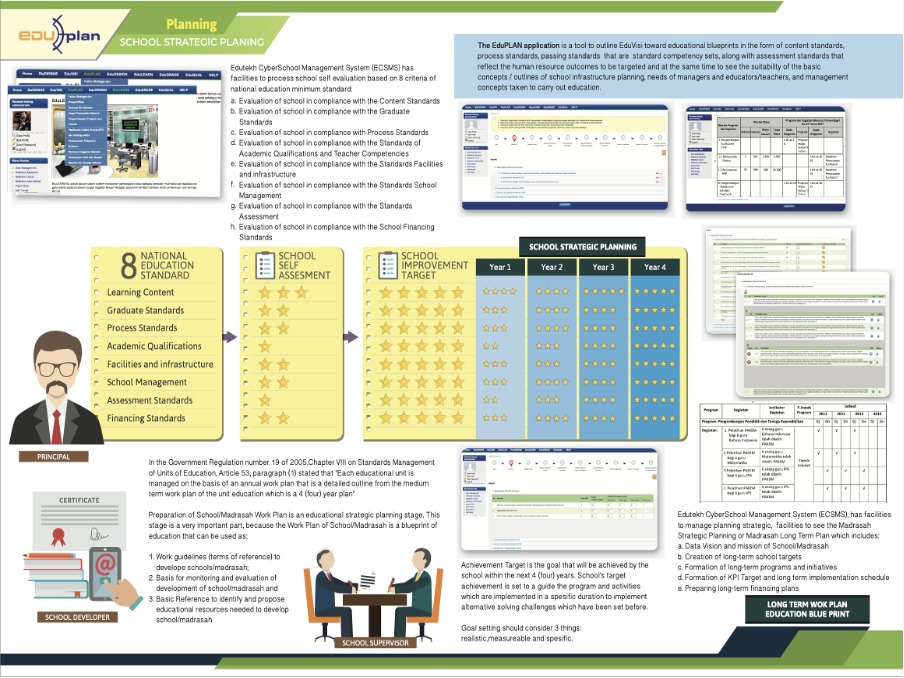
- Development: Once the design is in place, the curriculum is developed in detail. This may involve creating lesson plans, developing learning materials, selecting appropriate teaching strategies, and designing assessments. Edu Plan
The EduPLAN application develops in detail the process of academic development for the achievement of competency targets at KTSP 2006, or a set of other competency standards in the form of syllabi, curriculum and lesson plans, human resources, infrastructure and teaching aids. All the strengths and weaknesses of a school i.e. facilities, human resourc- es, finance, become the main input and consideration which later become e-KTSP output in accordance with the school.
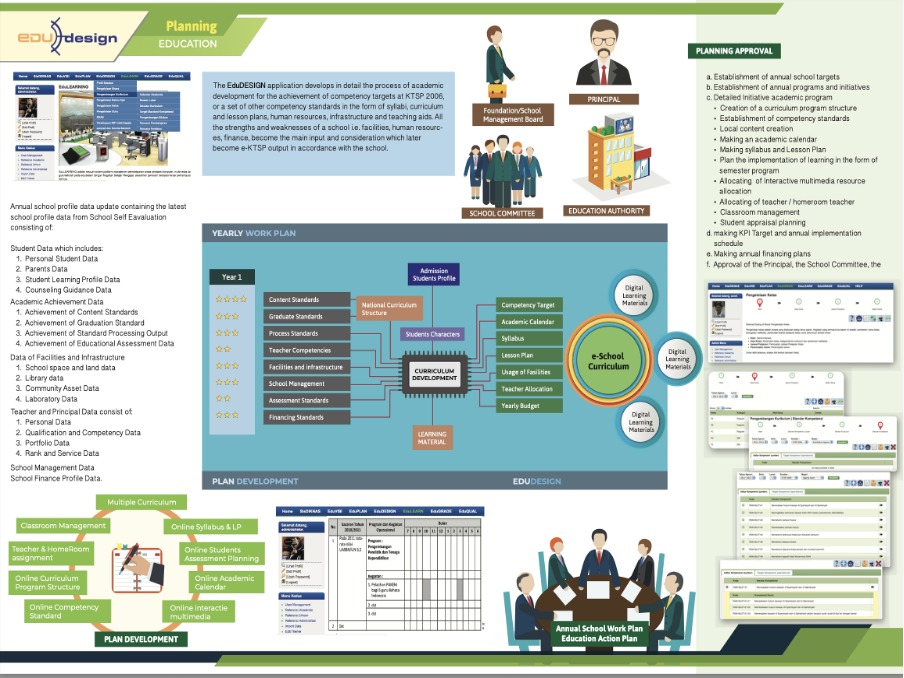
- Implementation: The curriculum is then put into practice, and teachers or instructors use the materials and strategies developed in the previous stage to teach the curriculum to learners. Edu Exe
EDUEXE application is an application that has facilities to manage the registration of activities implementation and planned execution in actual anual or semester activities.This application registers the implementation of education in a school. It has modules for teacher, EduTeach,; modules for students, EduLearning,; and other registration, EduAdmin.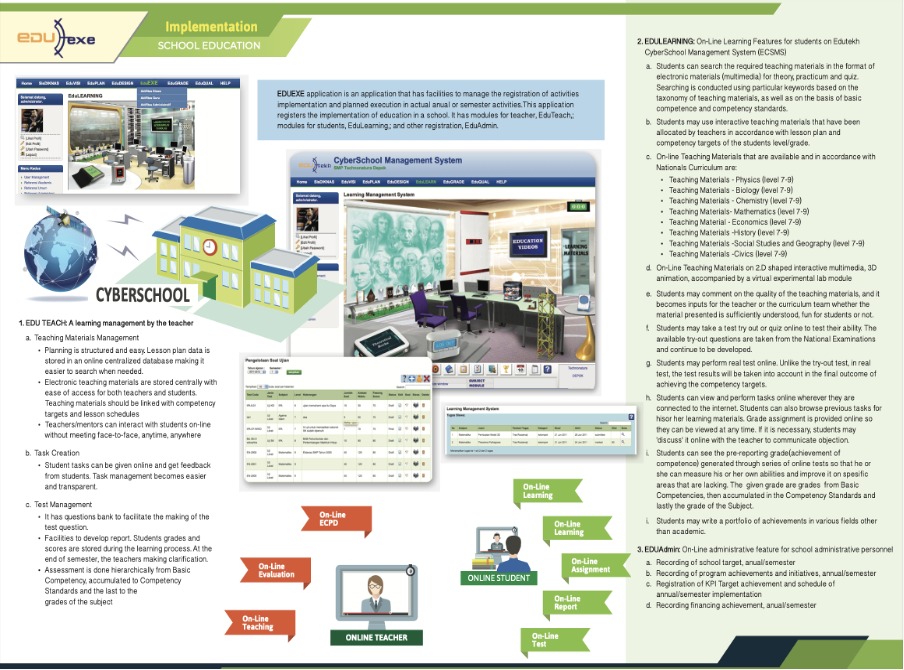
- Evaluation: Finally, the curriculum is evaluated to determine whether it has achieved its goals and objectives. This may involve analysing data on student learning outcomes, reviewing feedback from teachers and learners, and making revisions to the curriculum based on the evaluation results. Edu Grade.
EduGRADE Application is an assessment process and reporting of students’ competency achievement in each grade level. Various testing tools is used to measure the mastery of a basic competence may be applied in varied according to the pattern of tendency owned by students. The process of grade level promotion of each student will be traceable into detail of the achievement of basic competencies that support each standard of competence. In addition, EduGRADE also provides results of the student achievement in portfolio form.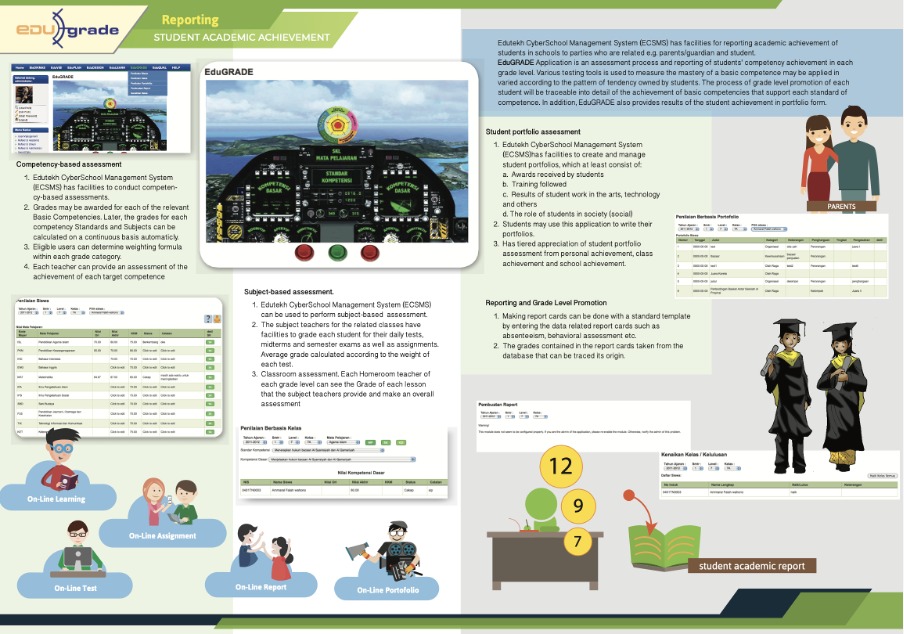
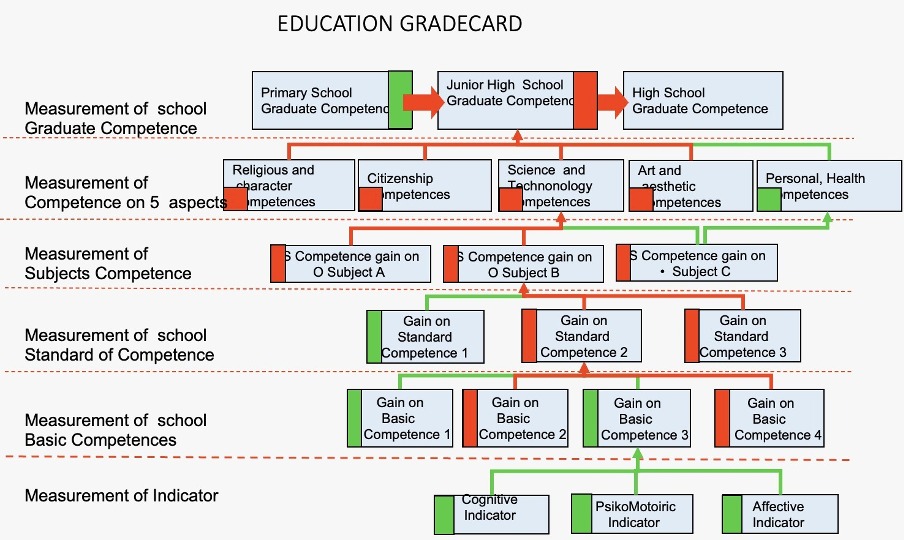
Throughout the curriculum development process, it is important to involve stakeholders, such as teachers, learners, and parents, to ensure that the curriculum meets their needs and is relevant to their context. Additionally, it is essential to consider factors such as cultural sensitivity, accessibility, and inclusivity to ensure that the curriculum is equitable and accessible to all learners.
THE TECHNONATURA RUNNING CURRICULUM
Meeting the graduate profile of 21st century and the standards becoming the clear destination, we then develop action plan, annual activity in developing curriculum as vehicle to get there, we based on the STEAM education and deploying project based approach in weekly activity. Character building is extremely paramount for next generation, it is important to infuse social character building activities into 12 month themes. Rather than putting to much focus on attaining a top set of examination passes, we seek to develop the whole person, and indeed, most important parts of a our education take place outside the classroom - for these are the parts of the curriculum that provide the most character- building opportunities. Aiming to give young people a range of experiences which will both stretch and challenge them.
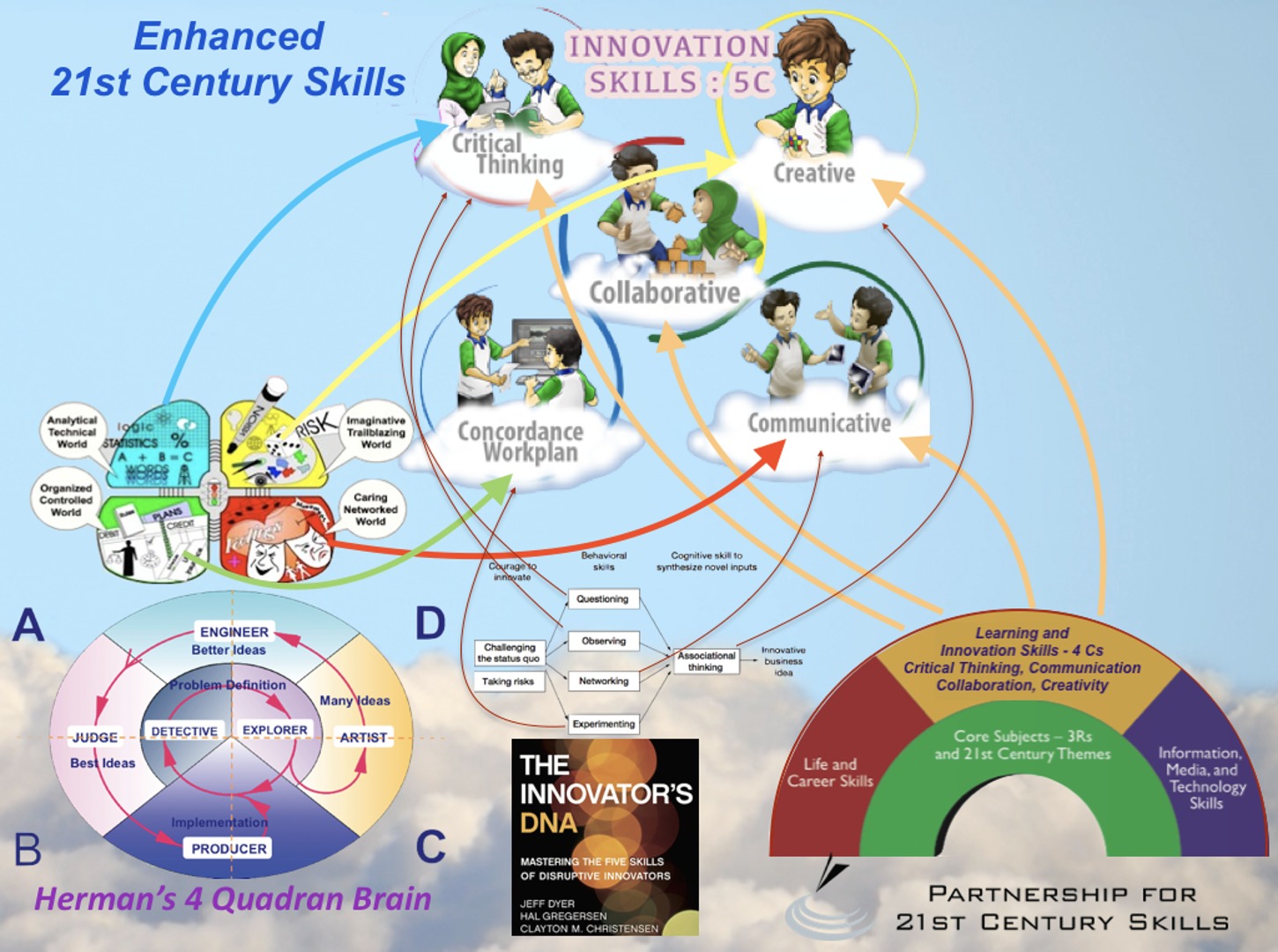
The experiences that we have when we are young are particularly influential for shaping the adult that we become. That is why TechnoNatura put special attention to develop meaningful experience of character building. Outdoor education play enormous part to play in our character building. Young people learn more about themselves and about their peers when they are exposed to challenging situations.
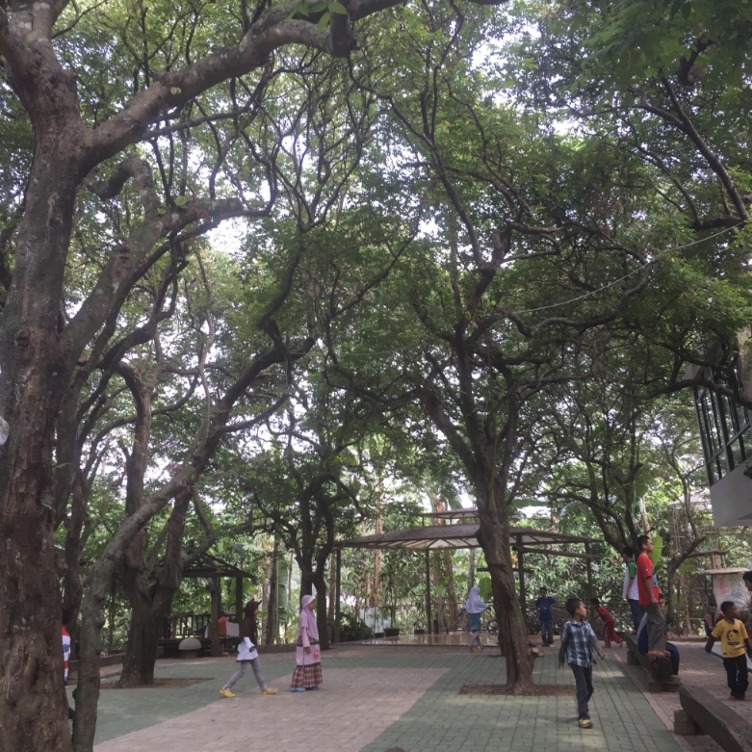
TechnoNatura LEarning Environment
Character building experiences take us out of our comfort zones and force us to 'dig deep' to find new resources within ourselves. By adopting the exemplar of the Prophet Muhammad the role model of Islamic Character, we build 12 monthly themes that focus to trait of character such as Truthfull/Honesty, Steadfastness, Smart Thinking, Trustworthy, Well Communicate, God Conciousness, Positive role model, positive thinking, Just, Plan ahead, bringer Glad tiding, Leadership and Factual Based Decision “
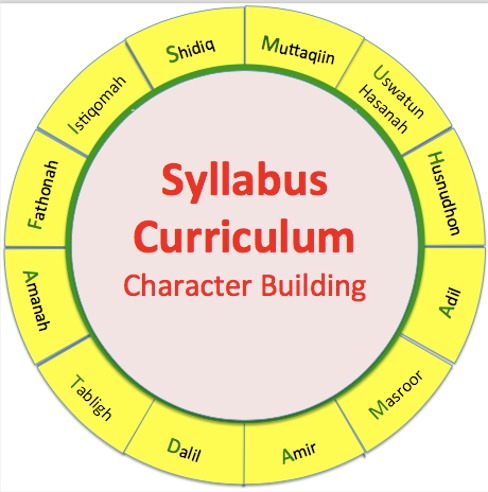
We have invested in 21st Century resources such as e-learning, Cloud based School management system, mini Fablab with its 3D printer, Model CNC, soldering kits and its uptodate industrial rate sofware, STEAMlab facilities with various kind of robots, IoT device, sensors actuator as well as the processor, tissue Engineering lab for biotechnology learning, greenhouse, a rare collection of Indonesian Orchids, a range of ICT equipment and more to support student learning.
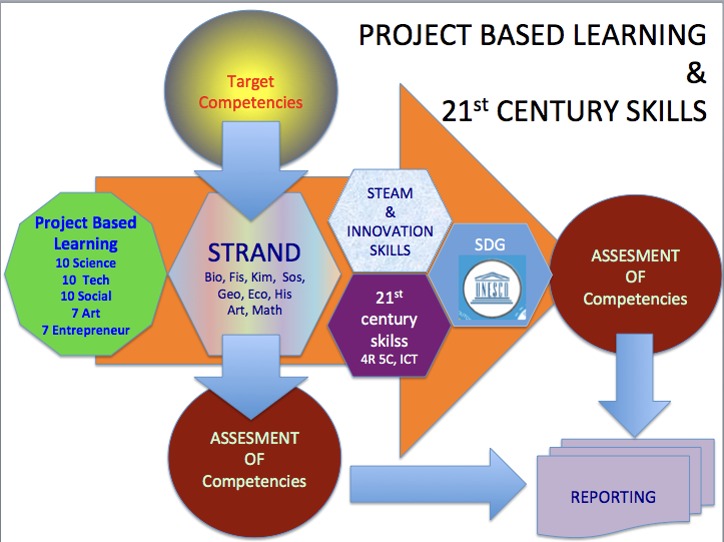
Project based learning allow students to pursue the learning as suit their interest and talent and it offer a diverse menu from direct instruction to playful learning so that students are able to develop a wide range of skills and competencies from mastering academic subjects to learning creatively and collaboratively solve problems to learning how to apply knowledge to real world situation
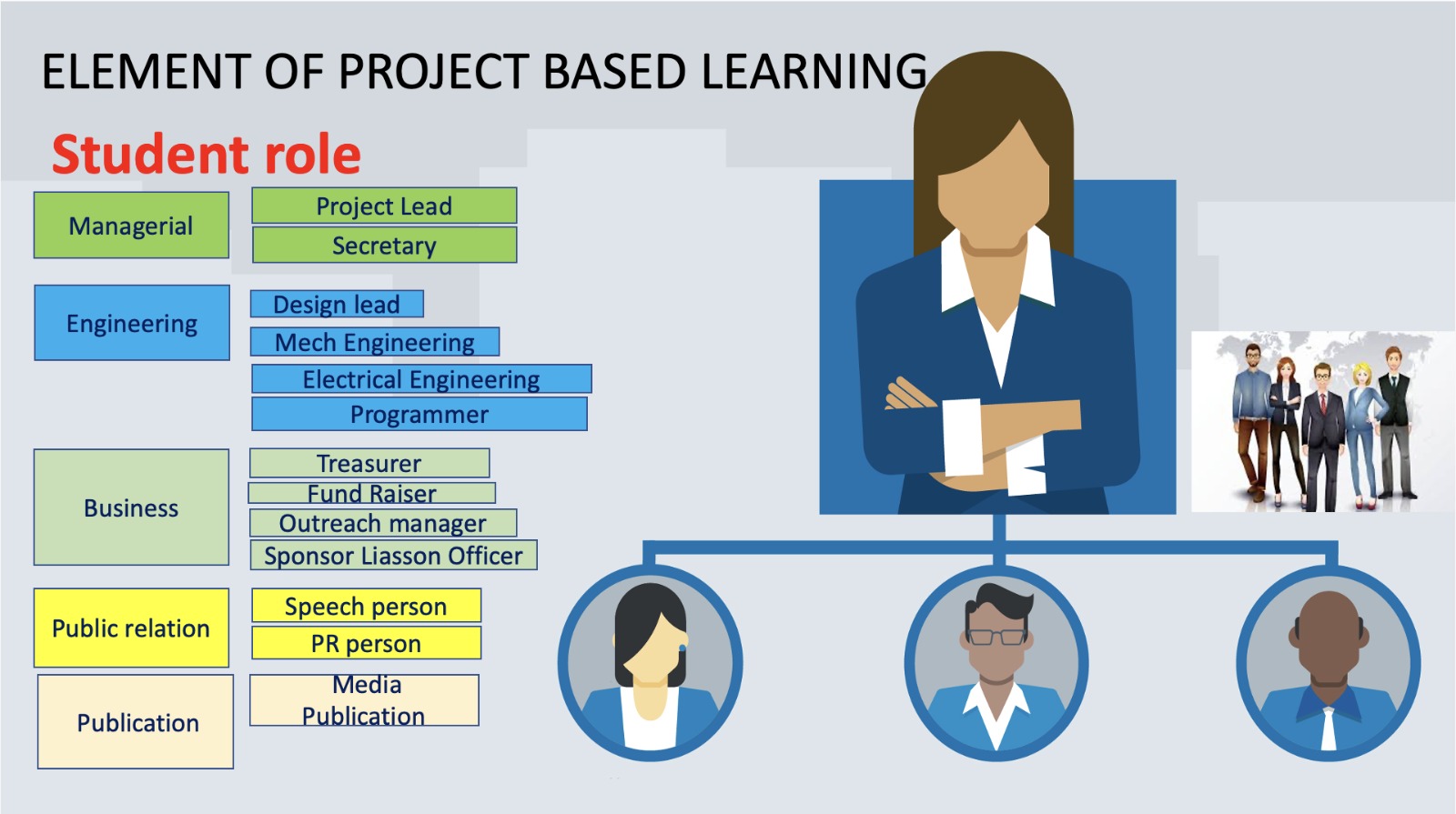
Then the weekly STEAM model of project based learning were formed
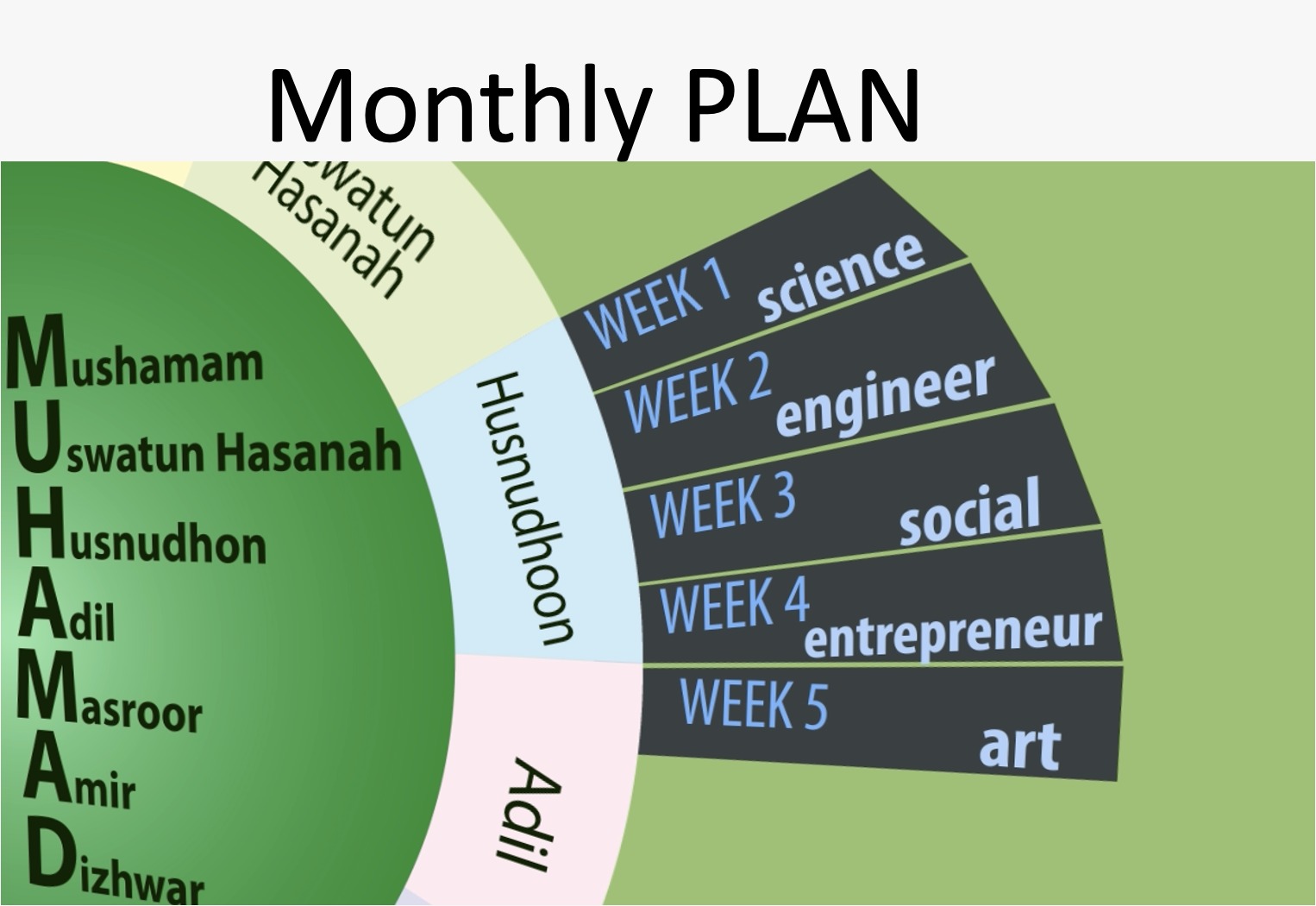
We constructed yearly plan from 44 weekly projects. 10 weeks of science projects, 10 weeks of Engineering projects, 10 weeks of social science projects, 7 weeks of Art and Design projects, and 7 weeks of entrepreneurship projects. STEAM Robotic project, STEAM IOT project and STEAM AI project were designed running in semesterly so to run the engineering cycle fully by the students
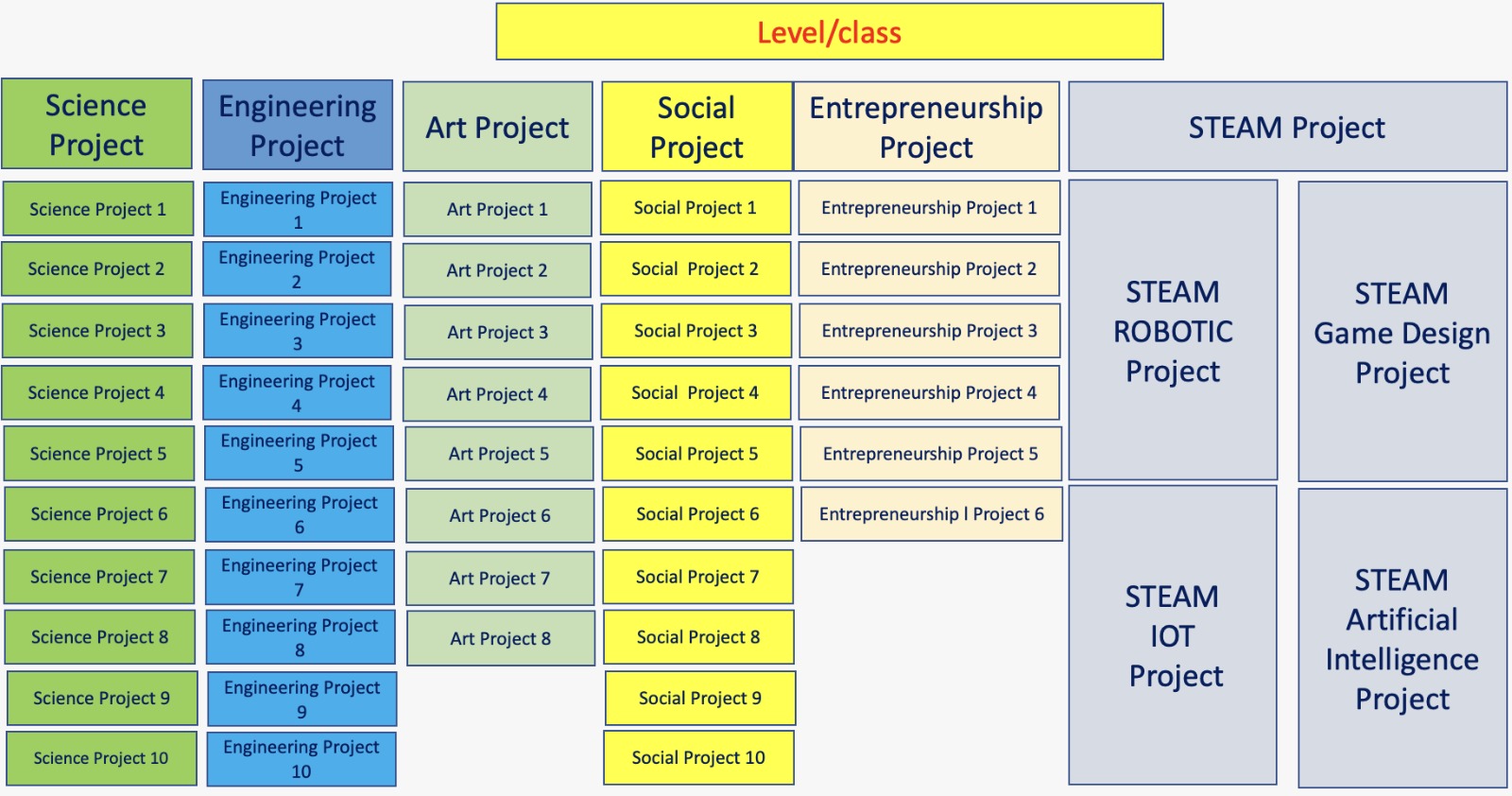
With 10 weeks of Science, the process scientific methods were covered, similarly for Engineering process, one cycle of engineering design were covered from inception, task definition, conceptual design, detail design, prototyping and testing. With 10 engineering weeks.
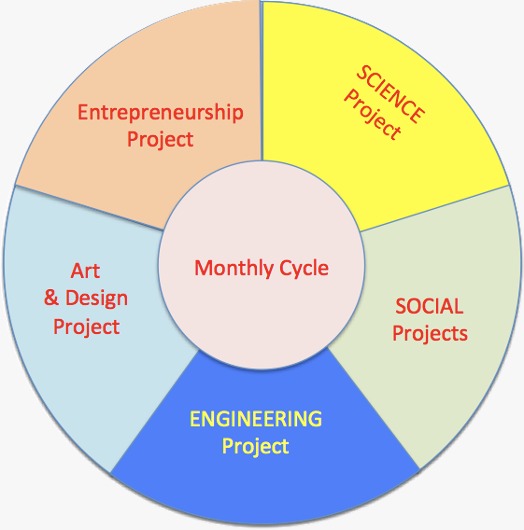
After defining monthly and weekly theme in annual plan, the weekly activity was detailed further by combining industrial best practice of PDCR ( Plan Do Check Revise) of Deming cycle or Shewhart cycle as model for continuous improvement and for basic process of developing a new or improved design of a process, product or service with inquiry method, a student-centered method of education that relied on asking questions to cultivate students’ active learning skills by asking open-ended questions and helping students address them to fulfill their curios mind, develop Intrinsic motivation and the pursuit of personal interest
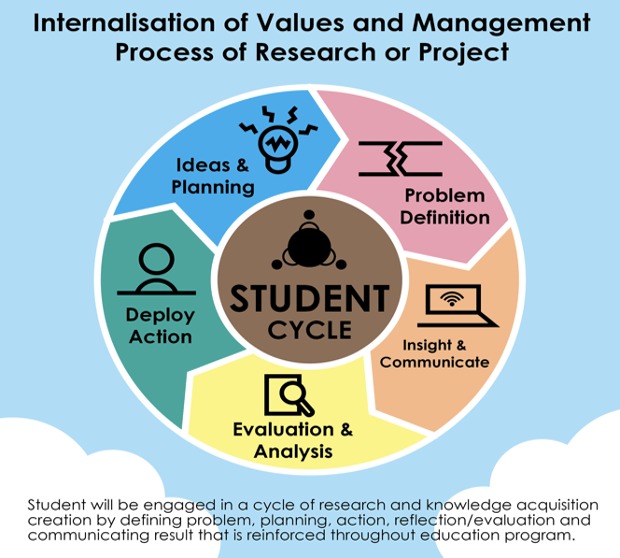
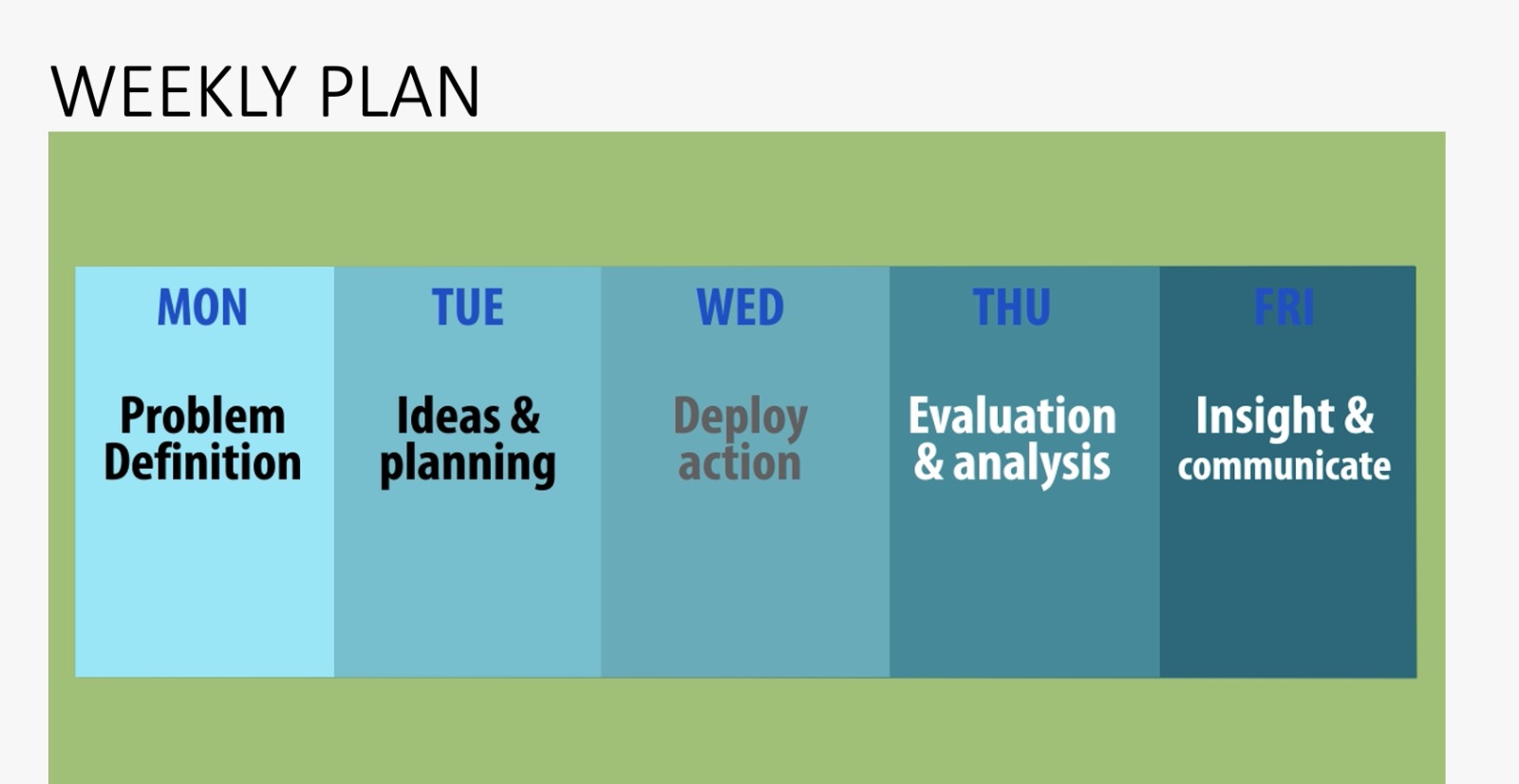
Monday : students learning to define a problem, given task by mentor and start asking around and making target or proposing hypothesis
Tuesday : Students learn to plan, making assumptions and devise a realistic plan to address the problem.
Wednesday : Student learn to walk and do the plan, put their plan into action
Thursday : students learn to evaluate the outcome, analyse it and form an insight of their approach, and put it down in writing.
Friday: finally, they present/communicate and Review their work in the front of the class and discuss their finding and insight with their peer.
This weekly learning activities were specially arranged to strengthen Industry best practices, Students interest as well as to accommodate different modal of learning that each student has. Weekly learning circle is constructed like a helix, the cycle is repeated again and again every week and it continuous improvement to subsequent years to firmly establish the habit to student's mind.
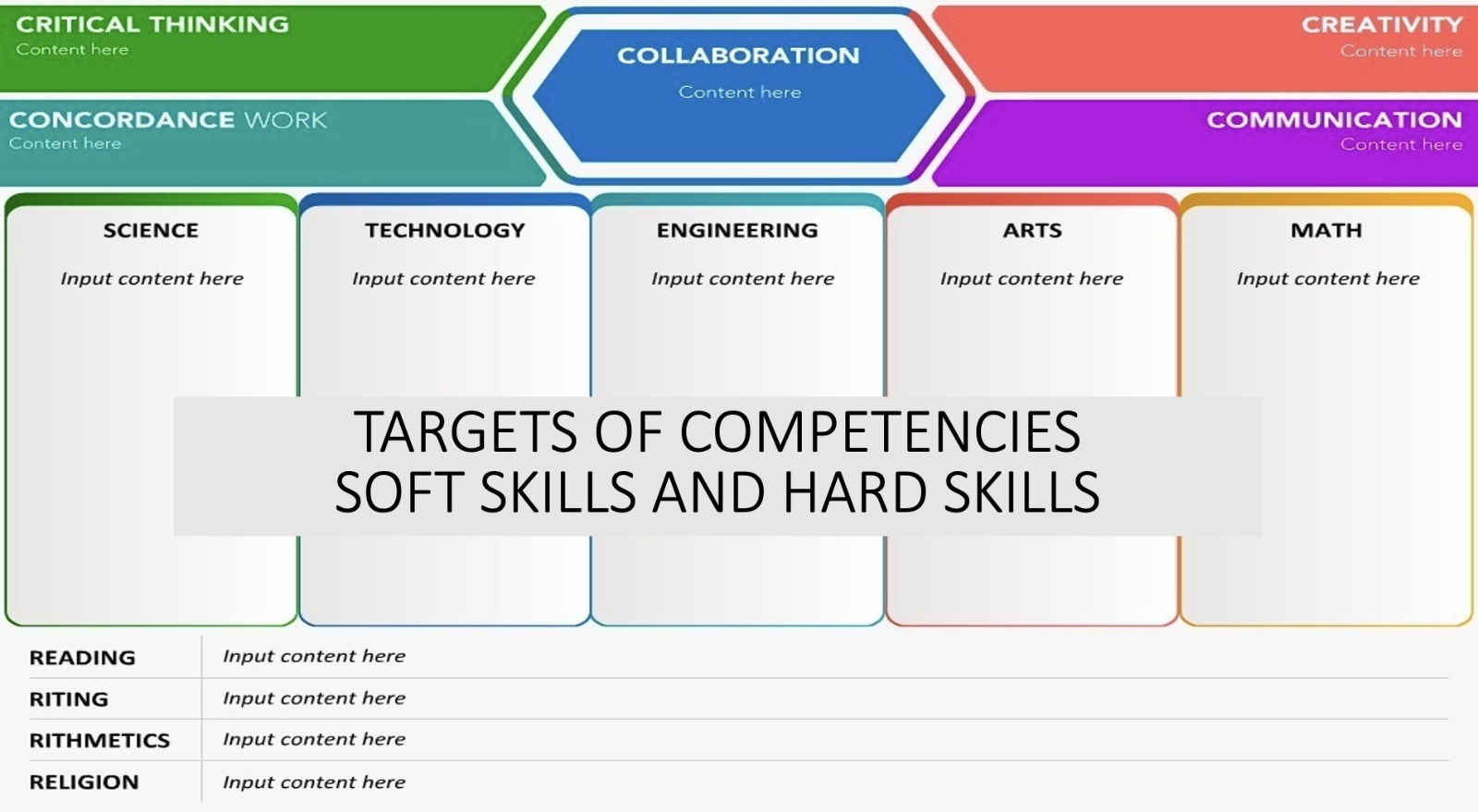
Finally, The daily learning activity is broken into a number unit of learning, the first part of learning activities carried out early in the morning and more focus into the establishing the foundation of 4R, while for innovation skills of 5C carried out just before noon and afternoon.
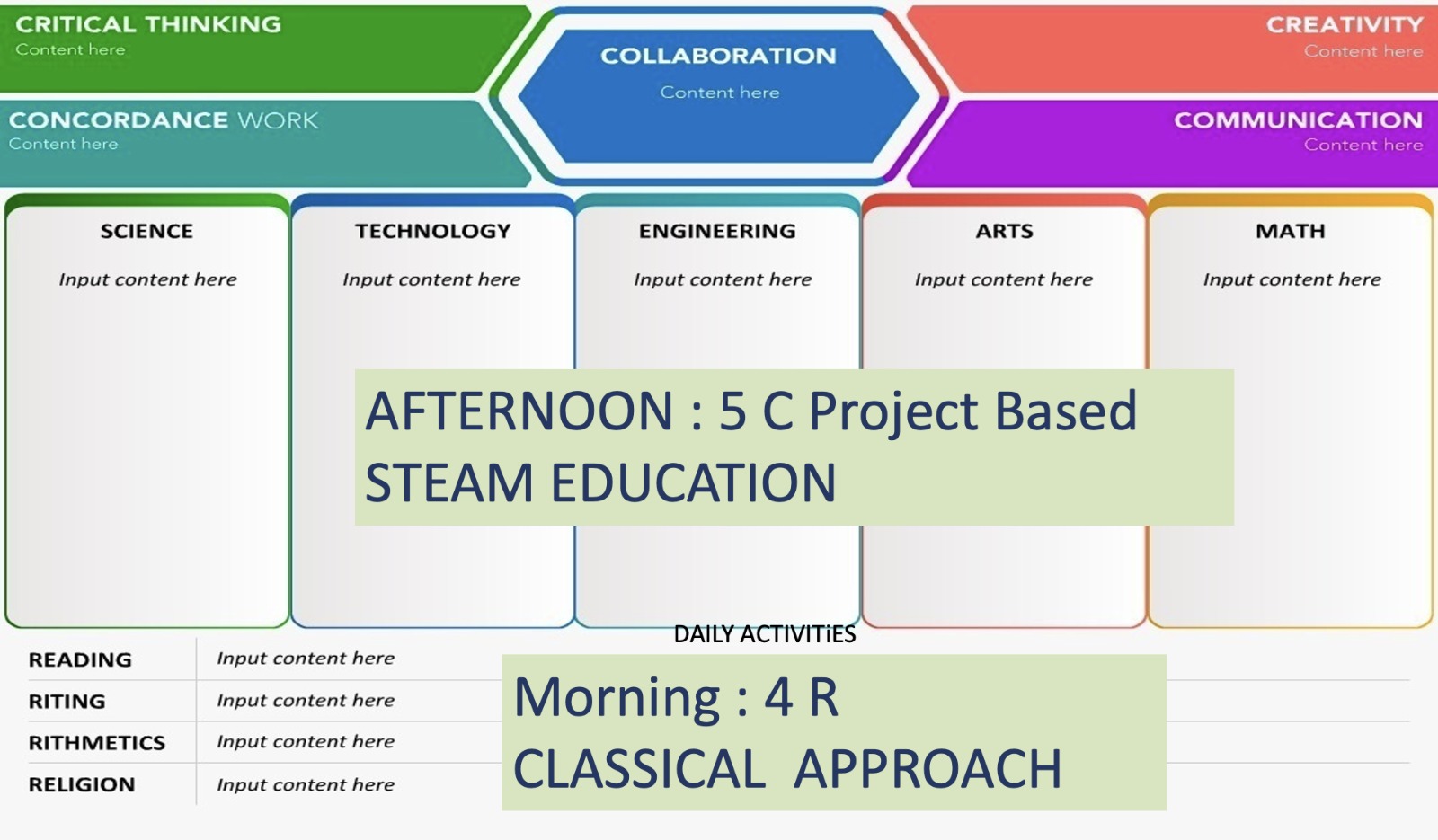
Daily cycle to infuse internalisation of values of 4R and 5 C into students
here are the theme of inquiry skill and collaborative problem solving are deployed weekly.
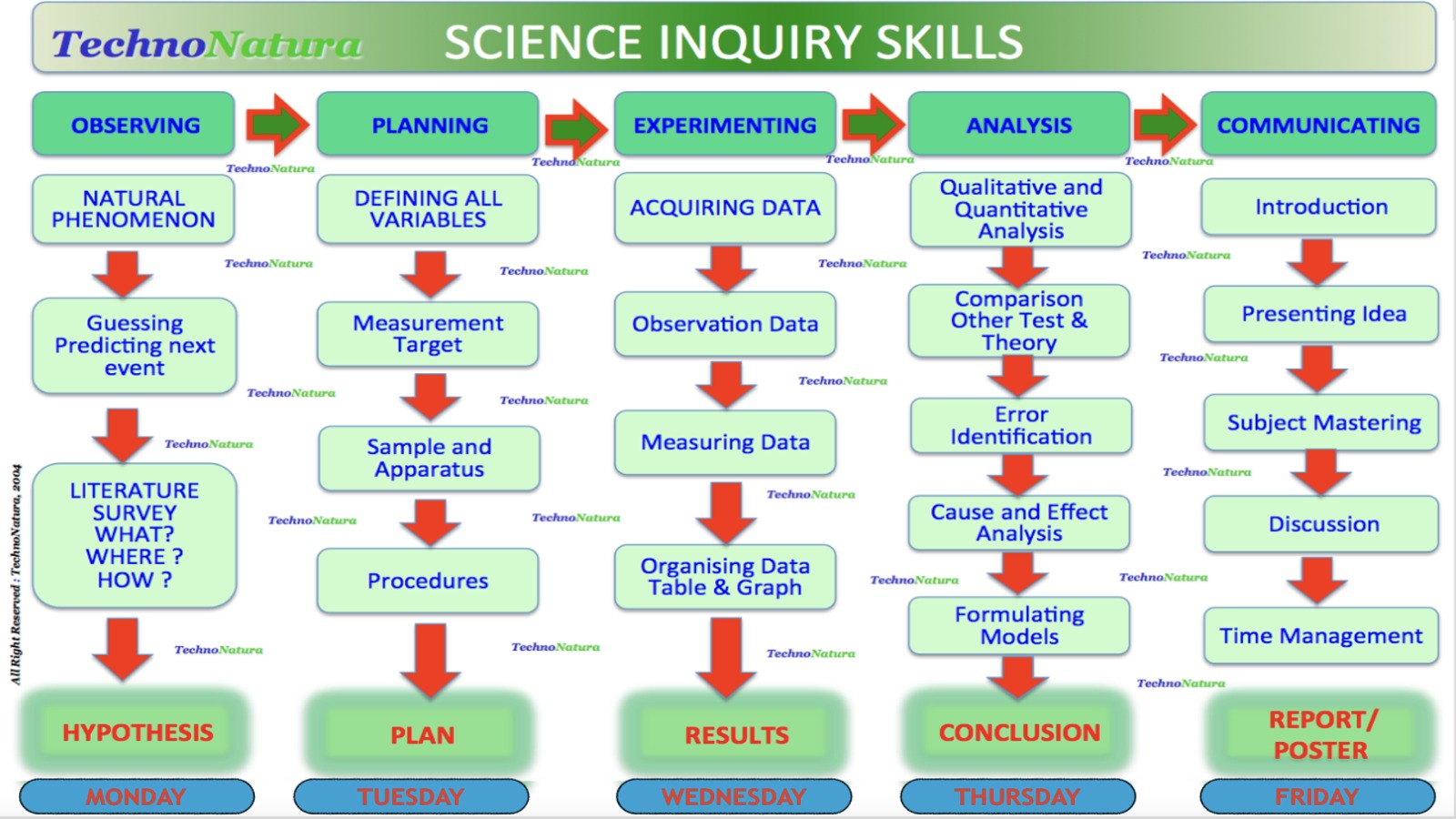
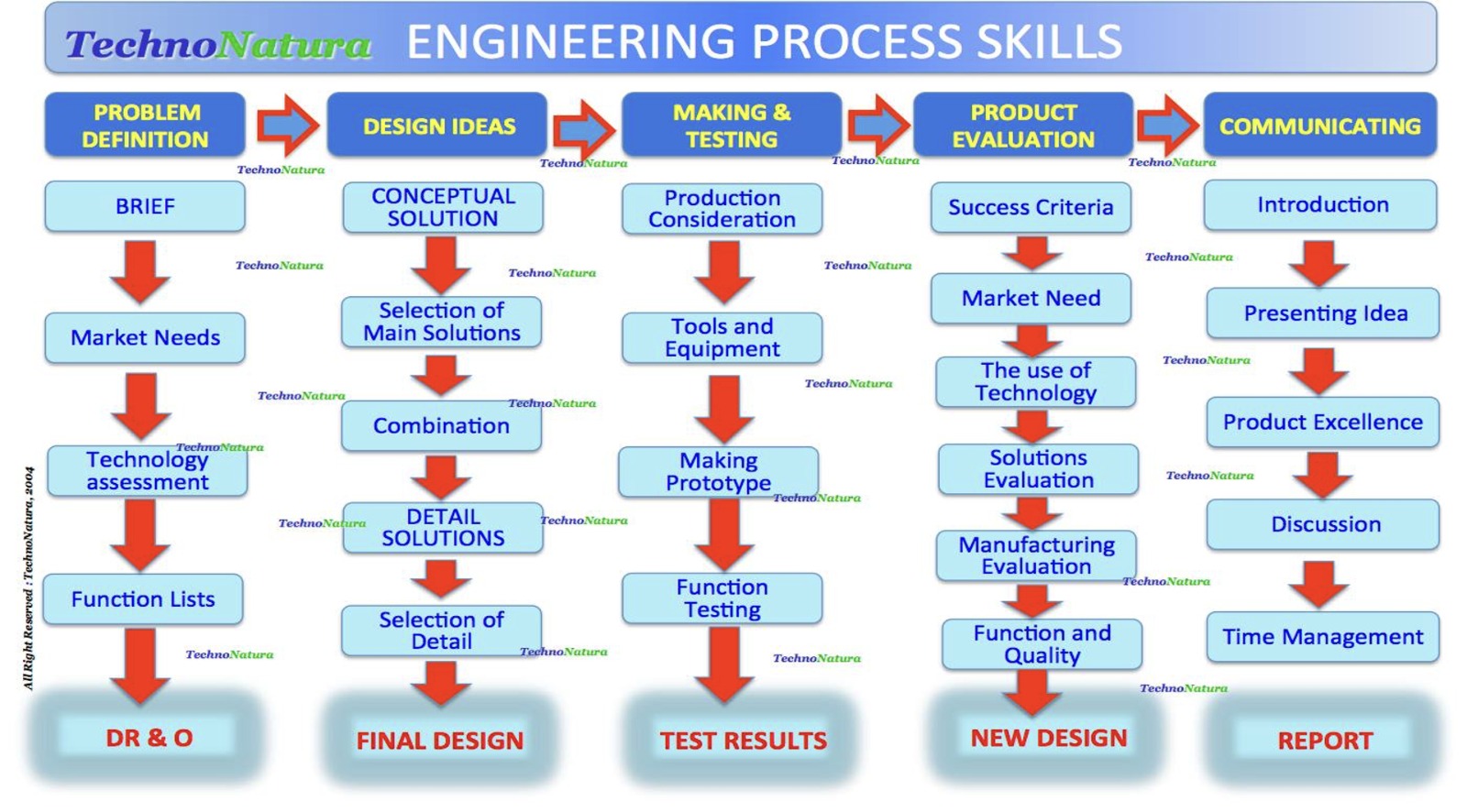
Typical action prosess of 5 weekly themes, Science, Engineering, Arts, Social and Entrepreneuship
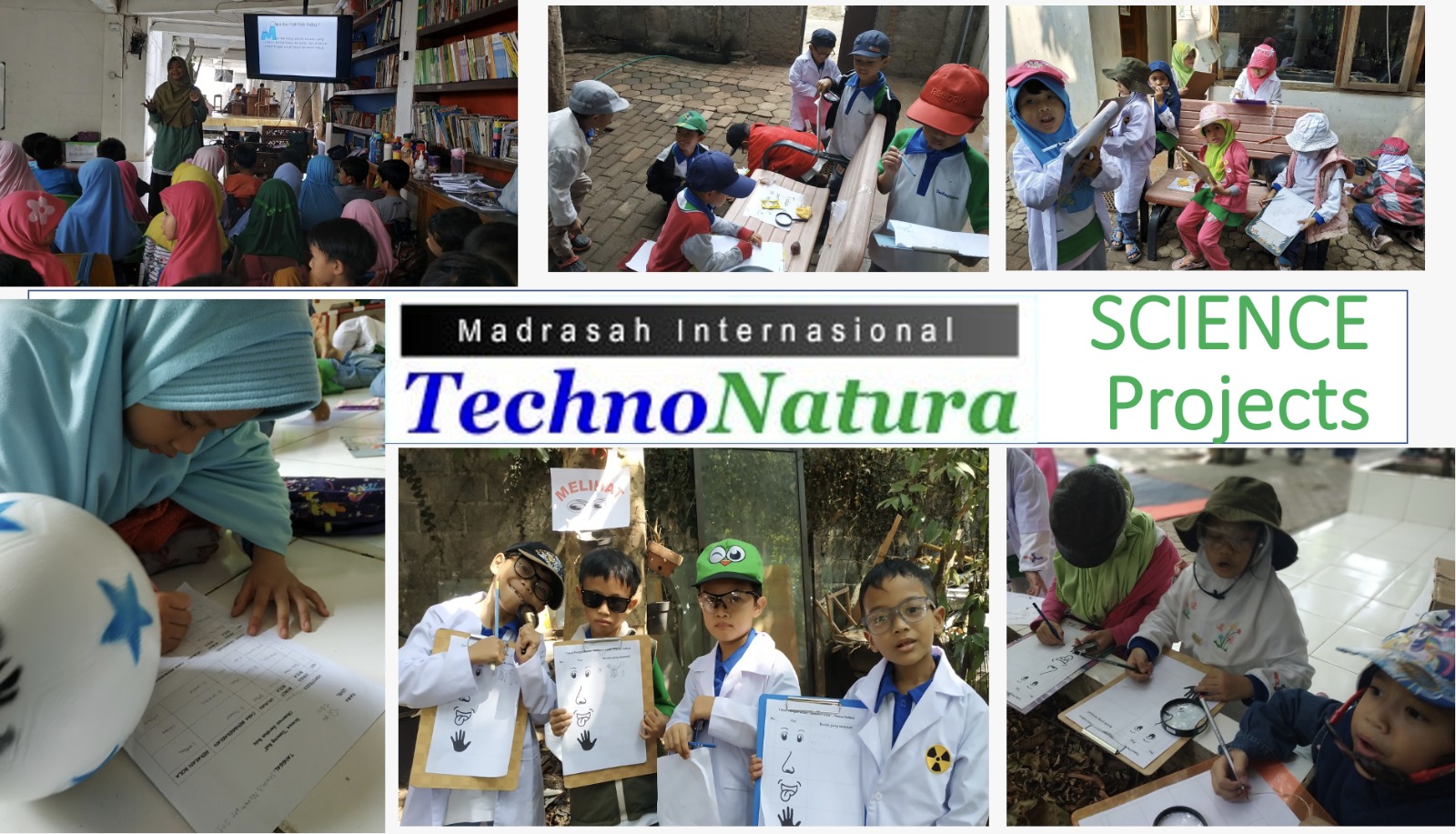
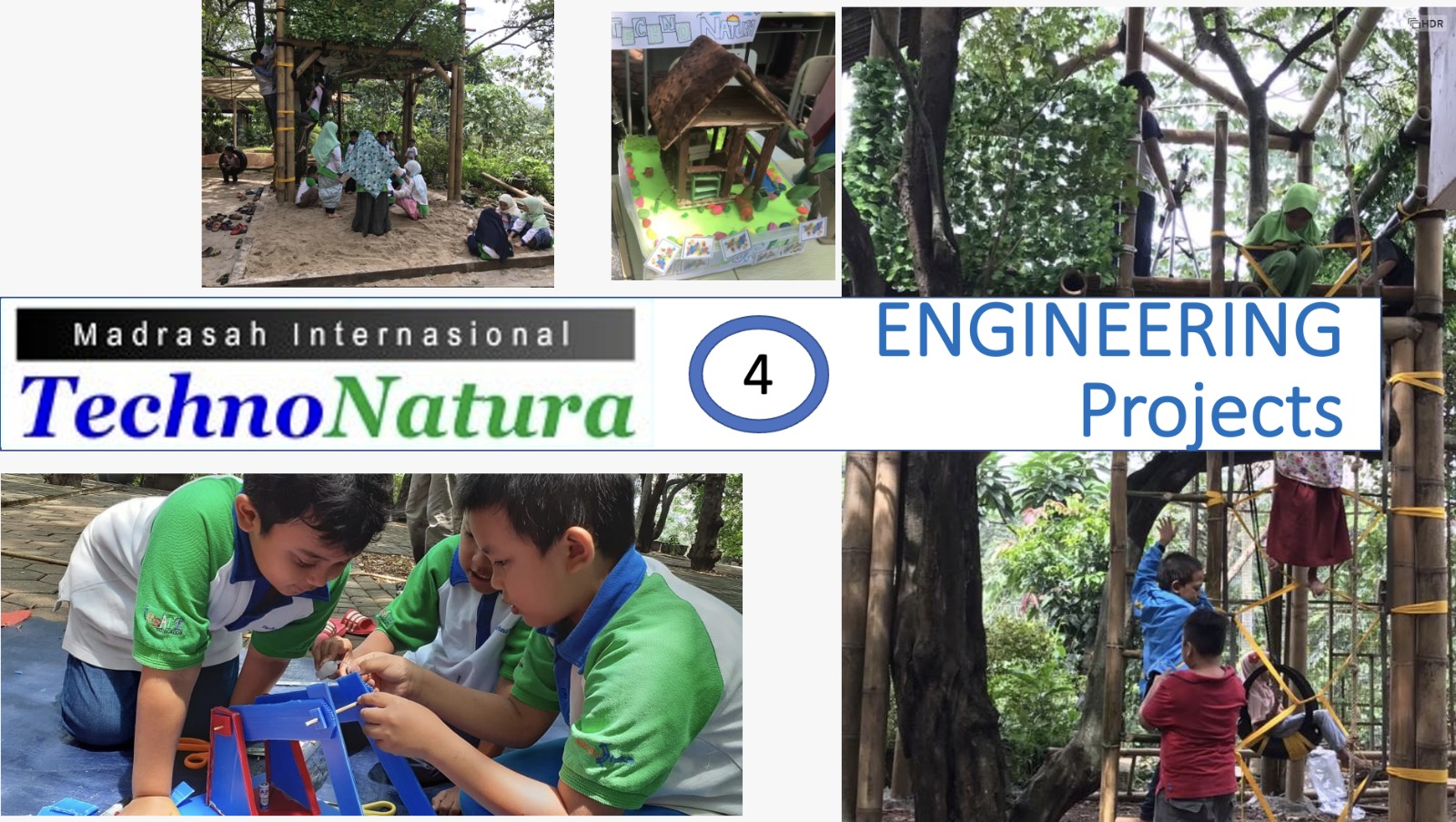
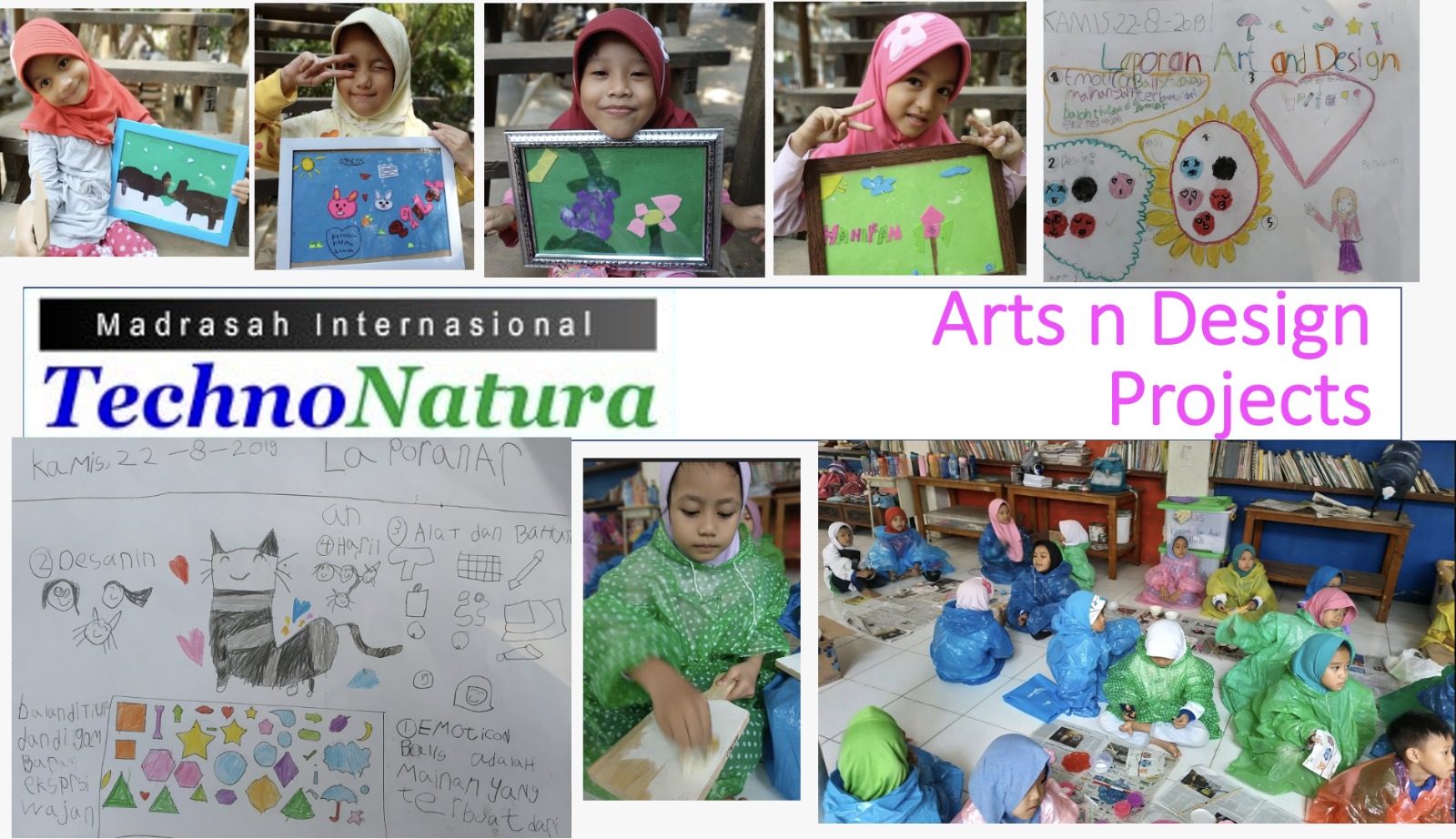
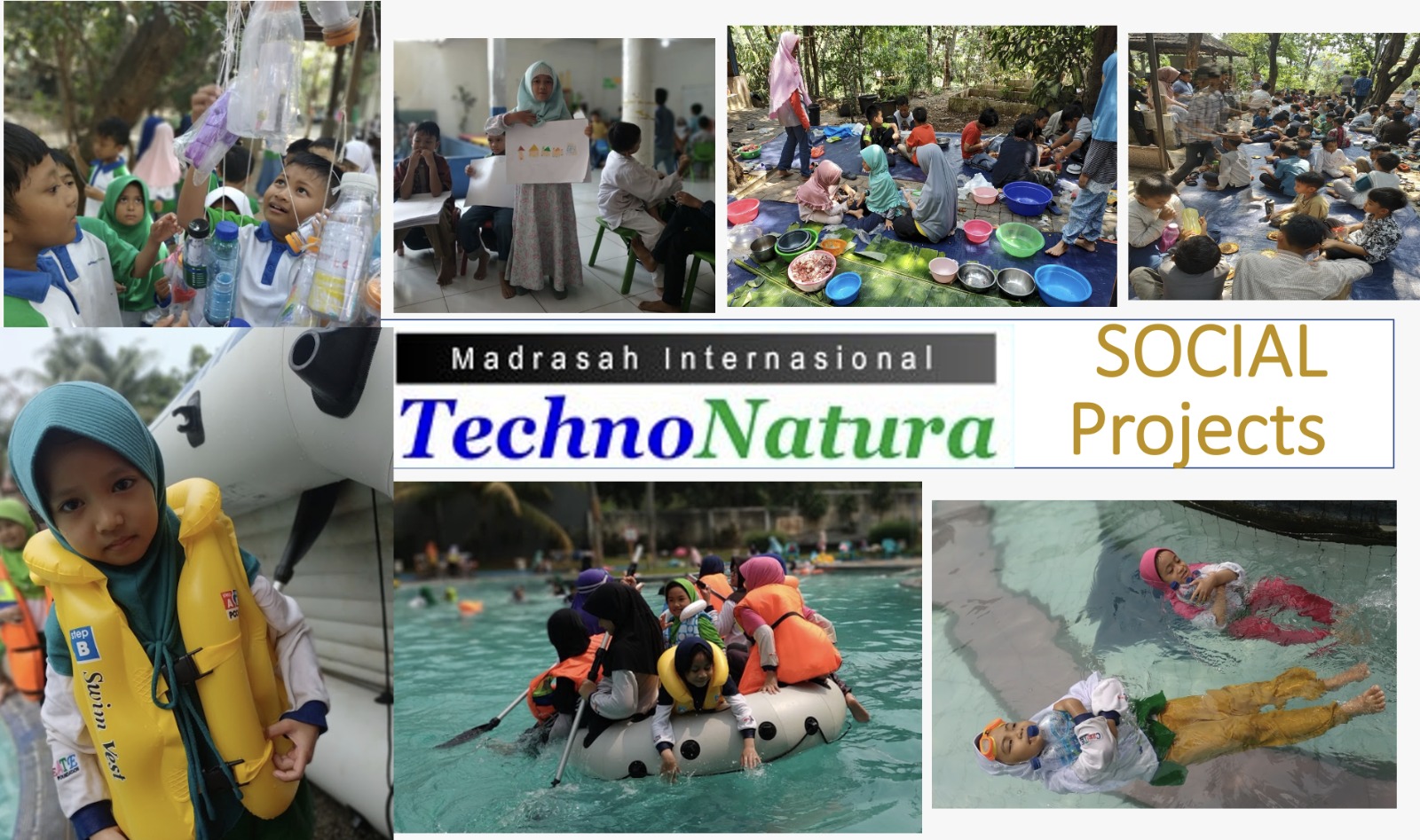
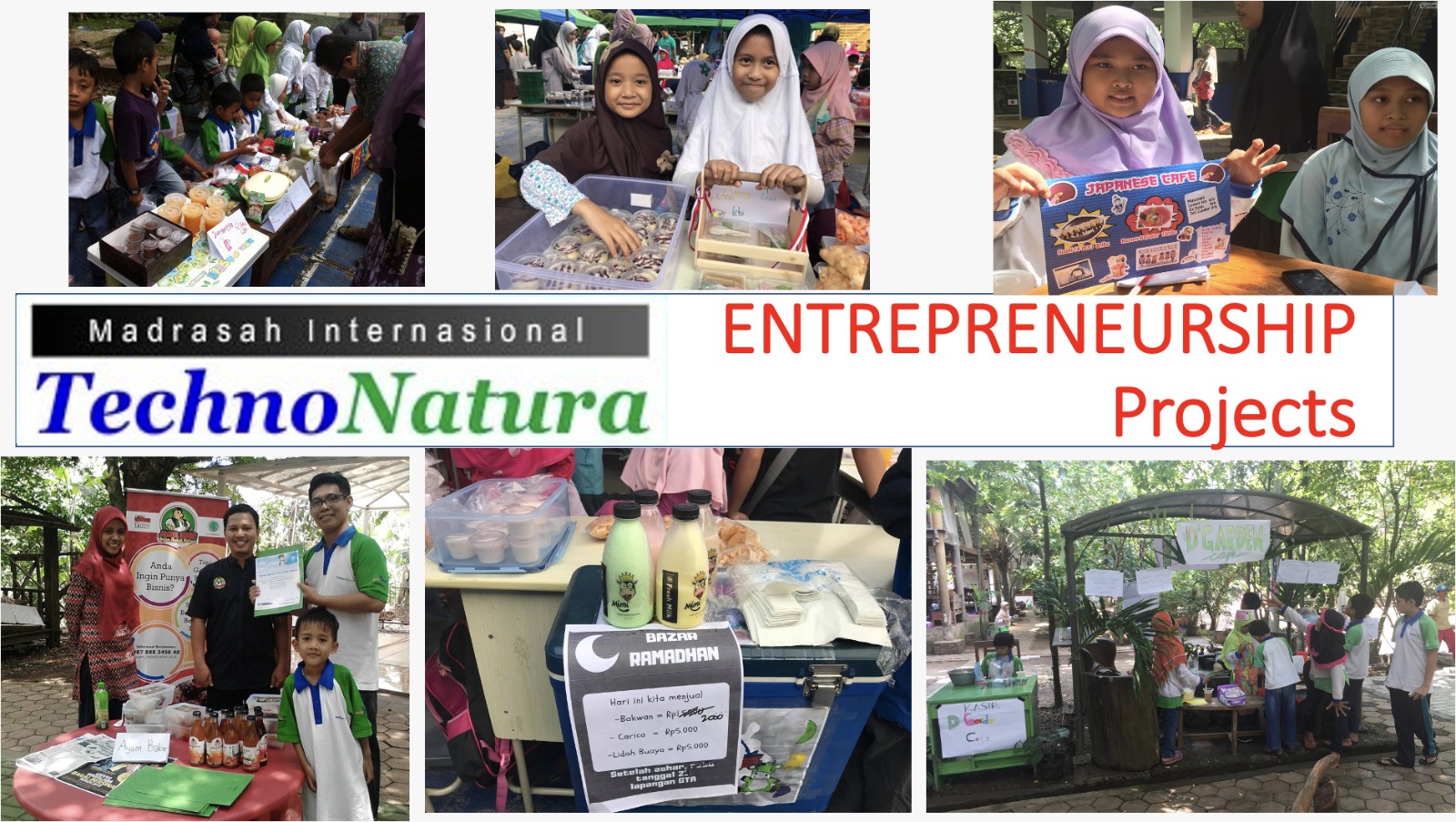
These curriculum design and planning session was discussed and reviewed by the teachers every years, prior to academic execution. Thus it serve as teacher development session toward a school shared vision and all the work was carried out using Cybermadrasah a cloud based education management system, where all blue print, curriculum plan, lesson plans and execution will be recorded in there. The function of a CyberSchool/Cybermadrasah is to ensure the systematic academic development of the means to collect, store, and organise information and knowledge in digital form and to provide easy and affordable access to it around the clock from various locations. It strengthen communication and collaboration between and among teachers, students, headmasters, and educational communities, nationally, regionally and internationally; It also offer lifelong learning opportunities to teacher to learn about the new approach in education.
For the benefit one kid we need to set a system of learning, for the same appreciation and the approach is then deployed to all class in a school, and the whole school now acting on the project theme at the week., and the same theme, same pattern, appreciating creativity, Inquiry process, critical thinking process, praising one another, collaborating across age.
Cybermadrasah and IoT platforms provide a scalable way to both expand STEAM learning to new ICT applications and to enhance current Learning applications with new data. In the former case, new ICT applications can leverage the same IoT cloud, which has pre-established connectors for machine data and business rules. In the latter case, as analytics on machine data advances to new levels, predictive and prescriptive insights can be delivered to the AR application.
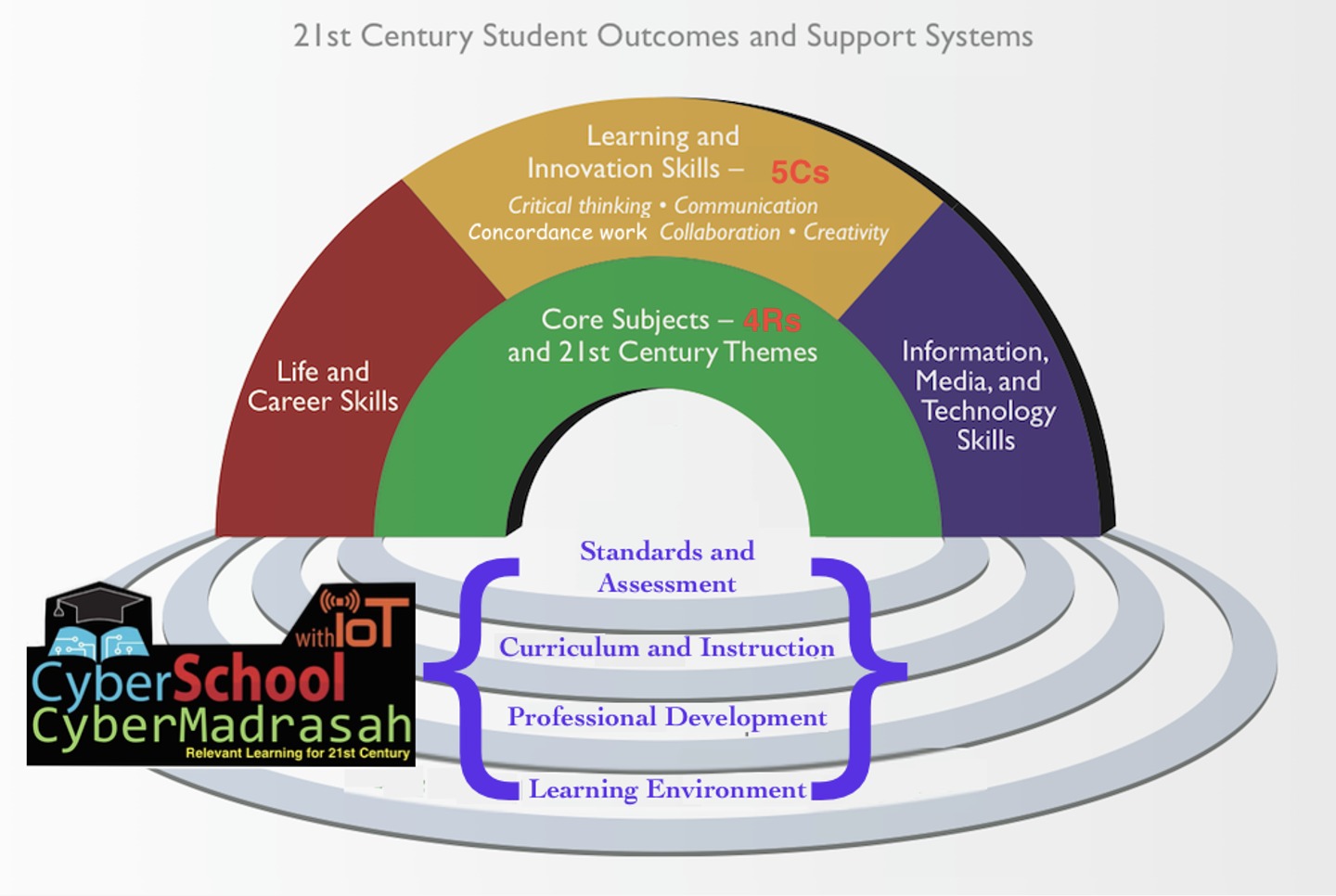
Edutekh CyberSchool Management System ensures that learners are at the centre of the learning process and communicates feedback regularly through the use of ICT in all aspects of learning. e. Edutekh CyberSchool Management System facilitates continuous competence development for all students in a well recorded students portfolio. Currently no other system available in meeting National Standard of competence, which comply with 8 National standards of education.
- Log in to post comments
